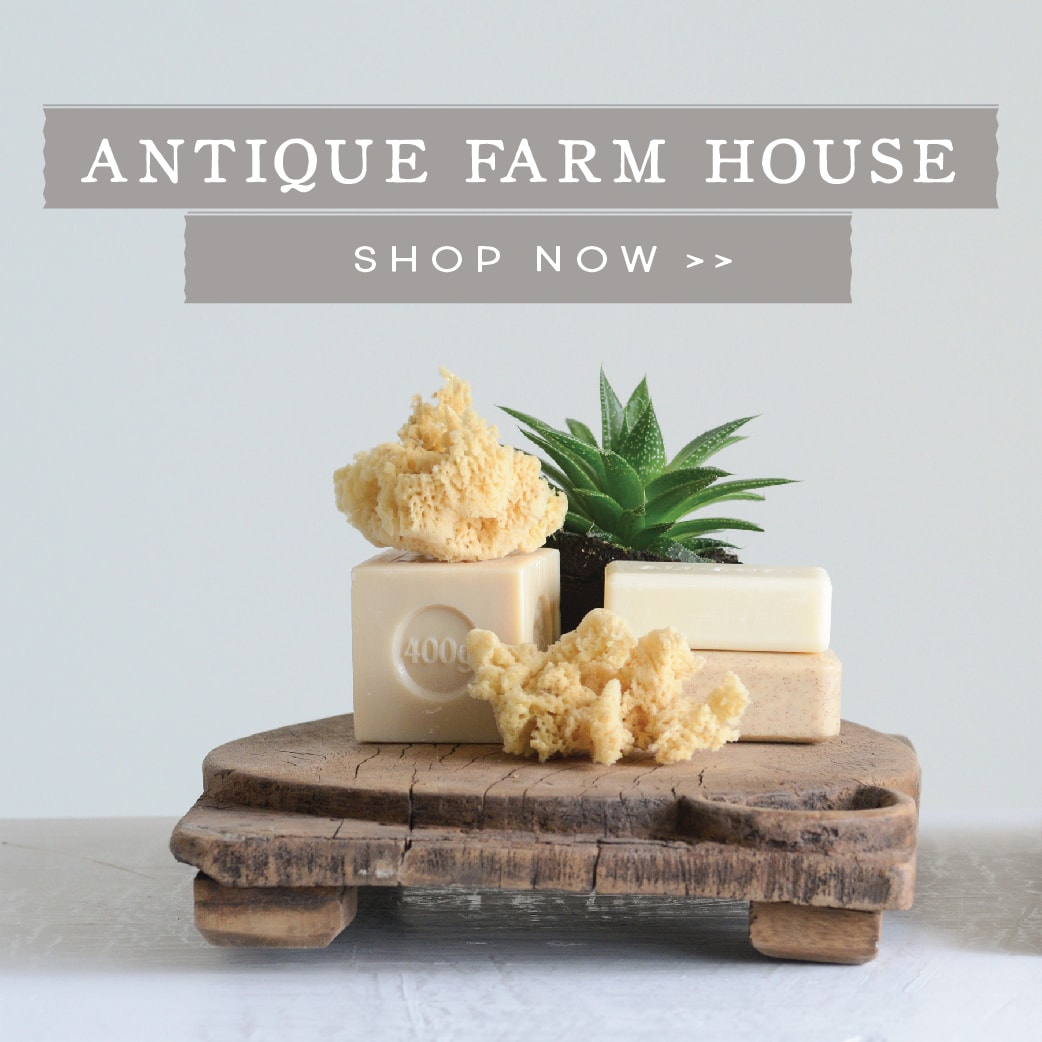Wine-My Basic Wine Tasting Technique
I do enjoy wine. Do I know a lot about wine, and have I been drinking wine for decades? The answer is no and no. That being said, you have to start somewhere, so let's start with your basic wine tasting. As a beginner, I am looking for a process to help me better taste my wine.
As I research wine tastings, I have found 3, 4, and 5 steps to wine tasting. There are three main factors: visual, smell, and taste. Other steps you could add are swirl and spit, and you can also include savor. I would love to get to the point where I was an expert at all 5, but that will not happen anytime soon.
As far as the "spit" portion of the wine tasting, I would prefer to "dump". Meaning I want one of those containers to pour my leftover wine into rather than having to spit. I was never into spitting unless something was so offputting that I had no choice.
The Wine Tasting
1-The Visual-Take a good look at your wine. Look at the color and the clarity. Is it clear or cloudy? Does it have bubbles? Does the wine have legs...see definition below...
Here is what the Vinology website says about legs, "The correct term is “tears.” Instead, tip the glass to the side, then see how the droplets roll down the surface; a higher density of droplets means the wine has a higher level of alcohol, while slower-moving droplets generally indicate a higher sugar level".
2-Swirl- Gently swirl your wine and prepare to sniff... This process lets in more oxygen and helps to release aromas and flavors. The technical term is "volatizing the esters".
3-Aroma-Swirl the wine and then sniff to get the scent of the wine. What aromas do you pick up? It could be fruity or floral, along with many other options. Below is a list of scents to look for, which for the most part, are beyond my scent capacity.
Here is a breakdown of wine scents from Wine Folly
- Primary Aromas are grape-derivative and include fruits, herbs, and floral notes.
- Secondary Aromas come from winemaking practices. The most common aromas are yeast-derivative and are most easy to spot in white wines: cheese rind, nut husk (almond, peanut), or stale beer.
- Tertiary Aromas come from aging, usually in bottle, or possibly in oak. These aromas are mostly savory: roasted nuts, baking spices, vanilla, autumn leaves, old tobacco, cured leather, cedar, and even coconut.
4-Taste-In the tasting, you taste for specific flavors, dryness, acidity, tannins, viscosity, balance, and the list is endless.
With my limited ability, I am happy to taste for the level of sweetness and also happy when I can distinguish a specific fruity or floral taste. I was recently at a local winery, tasting a new wine. For me, the flavor was an off-putting sour taste. The lady asked what I tasted, and I could not describe it, and she said: "think pickles". She was right dill pickles were the dominant flavor. So I guess the descriptive word would be briney:-). I was looking over a wine tasting chart, and dill was mentioned as a flavor, so I think that could be a dill pickle taste.
This post is a brief summary of an introductory wine tasting.
I hope to add more as I taste and learn.
Happy Wine Tasting, Everyone!
KathieyV





.png)
Comments
Post a Comment